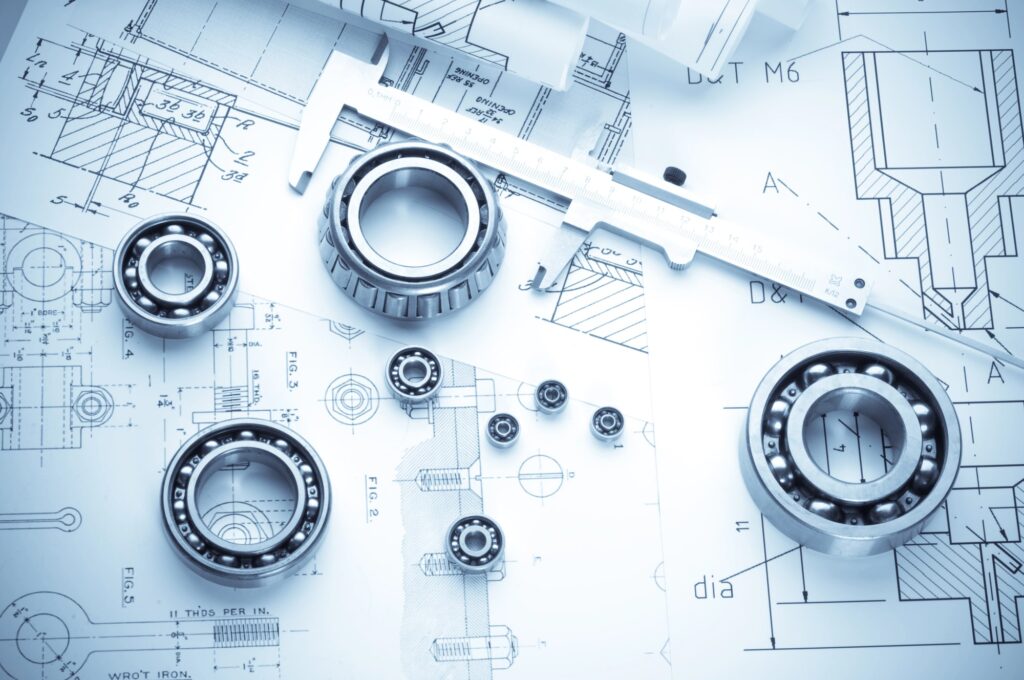In a recent incident, a mural of Mohammed Iqbal, the celebrated poet-philosopher also known as Allama Iqbal, was defaced by right-wing activists in Jaipur. The mural, which was part of a city beautification project, was vandalized with black ink. The activists accused Iqbal of being the ‘architect of India’s partition,’ linking his legacy to his association with Muhammad Ali Jinnah, Pakistan’s first Prime Minister.
This act of defacement has not only drawn attention to the historical and cultural significance of Iqbal’s work but also to the ongoing tensions surrounding his legacy.
The Legacy of Allama Iqbal
Allama Iqbal is widely regarded as one of the most distinguished Urdu poets of the 20th century. His contributions to literature and philosophy have left an indelible mark on the cultural and intellectual landscape of South Asia. Iqbal is celebrated for composing *Saare Jahan Se Achha Hindustan Hamara*, a patriotic anthem that continues to resonate with Indians to this day.
His works are known for their profound and thought-provoking themes, blending humanity, divinity, and the love of God with a critique of modern civilization.
Philosophical Vision and Political Advocacy
Iqbal’s writings reflect a clear political vision aimed at empowering Muslims during British rule in India. He sought to address societal and spiritual challenges through his poetry and prose. His renowned work, *Zarb-e-Kaleem* (The Strike of Moses’ Staff), serves as a manifesto for rescuing Muslims from the perceived harms of contemporary society.
This poetic piece draws parallels to Moses leading the Israelites to freedom and is often viewed as a visionary work predicting political and social upheavals that later shaped regions such as India, Afghanistan, Europe, Saudi Arabia, and Yemen.
Controversy and Defacement
The recent defacement of Iqbal’s mural in Jaipur has brought to the forefront the contentious aspects of his legacy. Right-wing activists accused him of being the ‘architect of India’s partition,’ linking his legacy to his association with Muhammad Ali Jinnah. This act of vandalism has sparked debates about the interpretation of Iqbal’s contributions and the complex historical narratives surrounding the partition of India.
Book Your Dream Vacation Today
Flights | Hotels | Vacation Rentals | Rental Cars | Experiences
For more details on the incident, you can read the full article on Madhyamam Online.
Historical Context and Modern Implications
Understanding the historical context of Iqbal’s work is crucial to comprehending the modern implications of his legacy. During British rule, Iqbal advocated for the empowerment of Muslims and sought to address the societal challenges they faced. His association with Muhammad Ali Jinnah and the subsequent partition of India have led to varied interpretations of his contributions.
While some view him as a visionary poet and philosopher, others criticize his political stance and its implications.
Architectural and Cultural Significance
The mural of Allama Iqbal in Jaipur was part of a beautification project aimed at enhancing the city’s cultural and aesthetic appeal. Murals and public art play a significant role in urban design, serving as visual expressions of a community’s history, values, and aspirations.
The defacement of Iqbal’s mural not only damages a piece of art but also symbolizes a deeper cultural and ideological conflict.
The Role of Public Art in Urban Spaces
Public art, including murals, contributes to the cultural vibrancy and identity of urban spaces. It serves as a medium for storytelling, commemorating historical figures, and fostering community pride.
The defacement of such art can be seen as an attack on the cultural heritage and collective memory of a community. In the case of Iqbal’s mural, the act of vandalism reflects broader societal tensions and the contested nature of historical narratives.
Preserving Cultural Heritage
Preserving cultural heritage, including public art, is essential for maintaining the historical and cultural fabric of a society. Efforts to protect and restore defaced or damaged art are crucial in safeguarding the legacy of significant historical figures and their contributions.
In the face of such acts of vandalism, communities and authorities must come together to promote understanding, tolerance, and respect for diverse perspectives.
Restoration and Advocacy
Restoration of defaced murals and public art requires collaboration between artists, historians, and conservation experts. Advocacy for the preservation of cultural heritage involves raising awareness about the importance of protecting artistic and historical landmarks.
It also includes engaging with communities to foster a sense of ownership and pride in their cultural assets.
Conclusion
The defacement of Allama Iqbal’s mural in Jaipur highlights the complex interplay between art, history, and politics.
As a celebrated poet-philosopher, Iqbal’s legacy continues to evoke diverse interpretations and reactions. The incident underscores the importance of preserving cultural heritage and promoting dialogue to bridge historical and ideological divides.
By understanding the historical context and cultural significance of figures like Iqbal, we can foster a more inclusive and respectful society.
For more insights into the incident and its implications, you can read the detailed report on Madhyamam Online.
Book Your Dream Vacation Today
Flights | Hotels | Vacation Rentals | Rental Cars | Experiences

